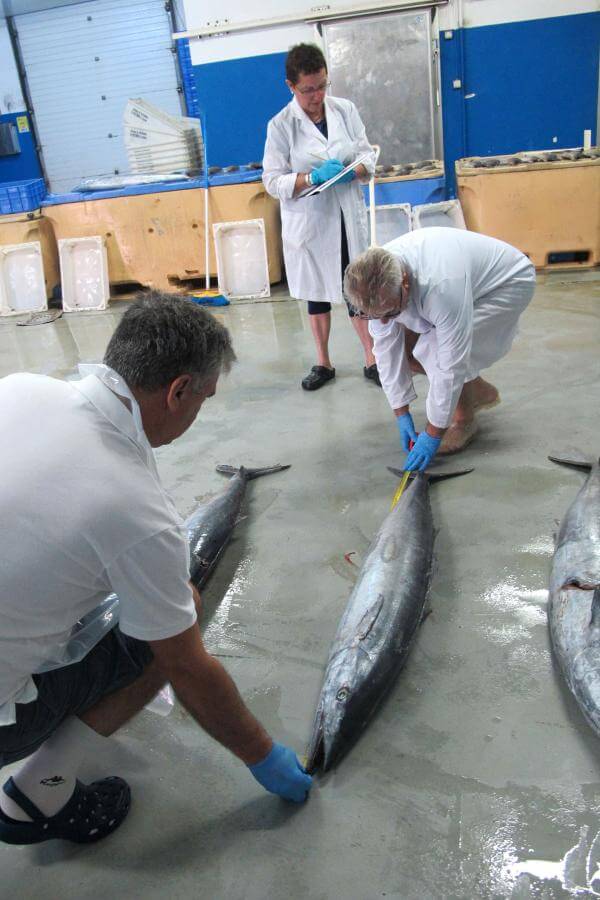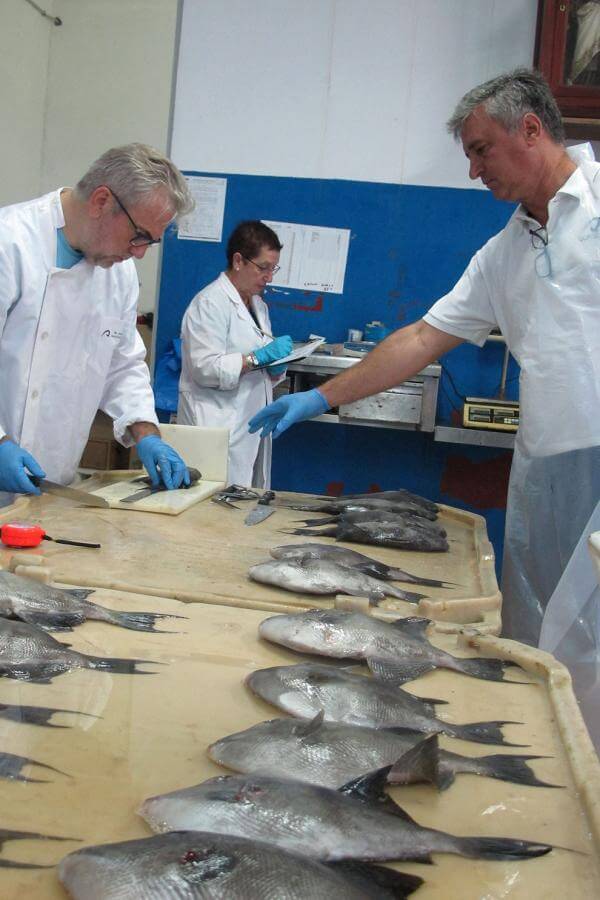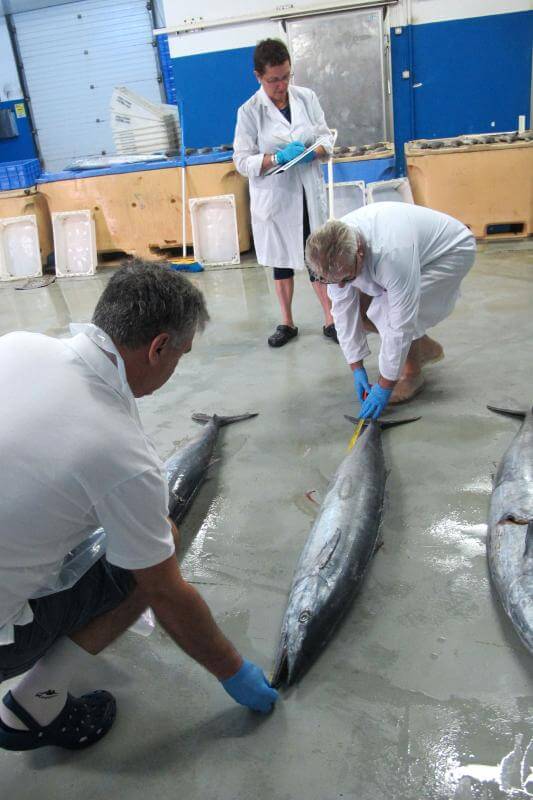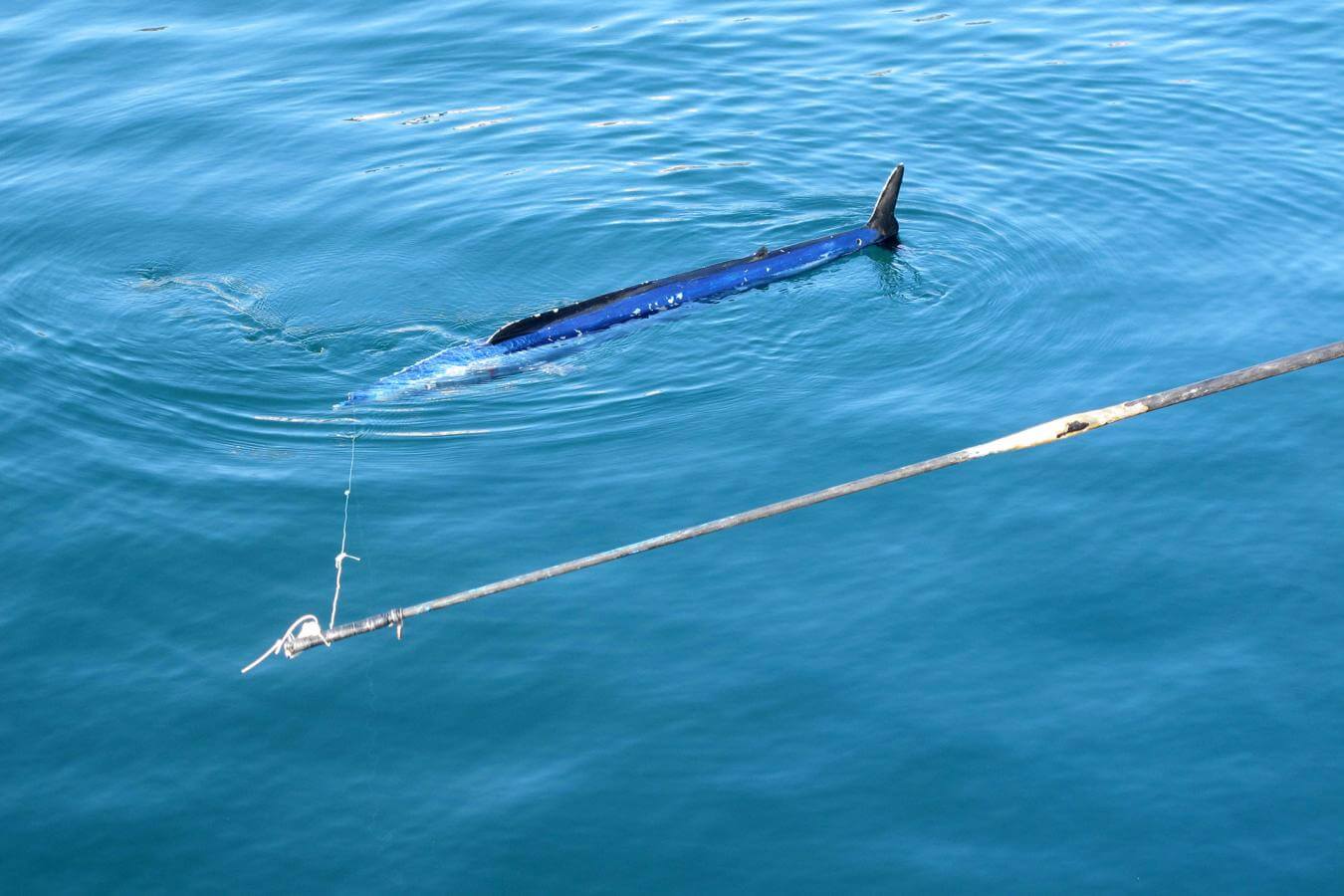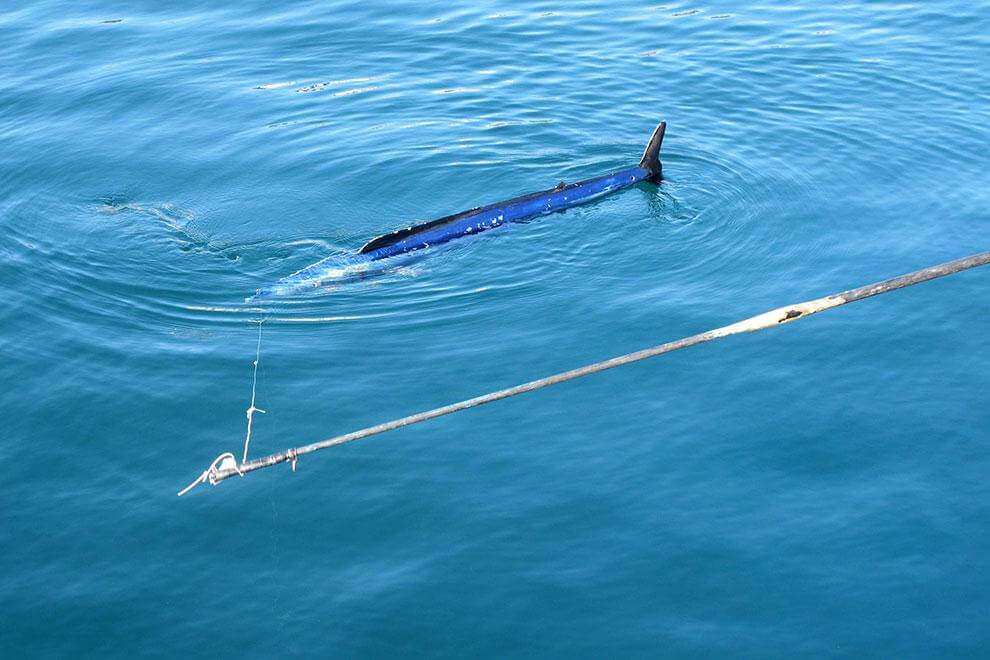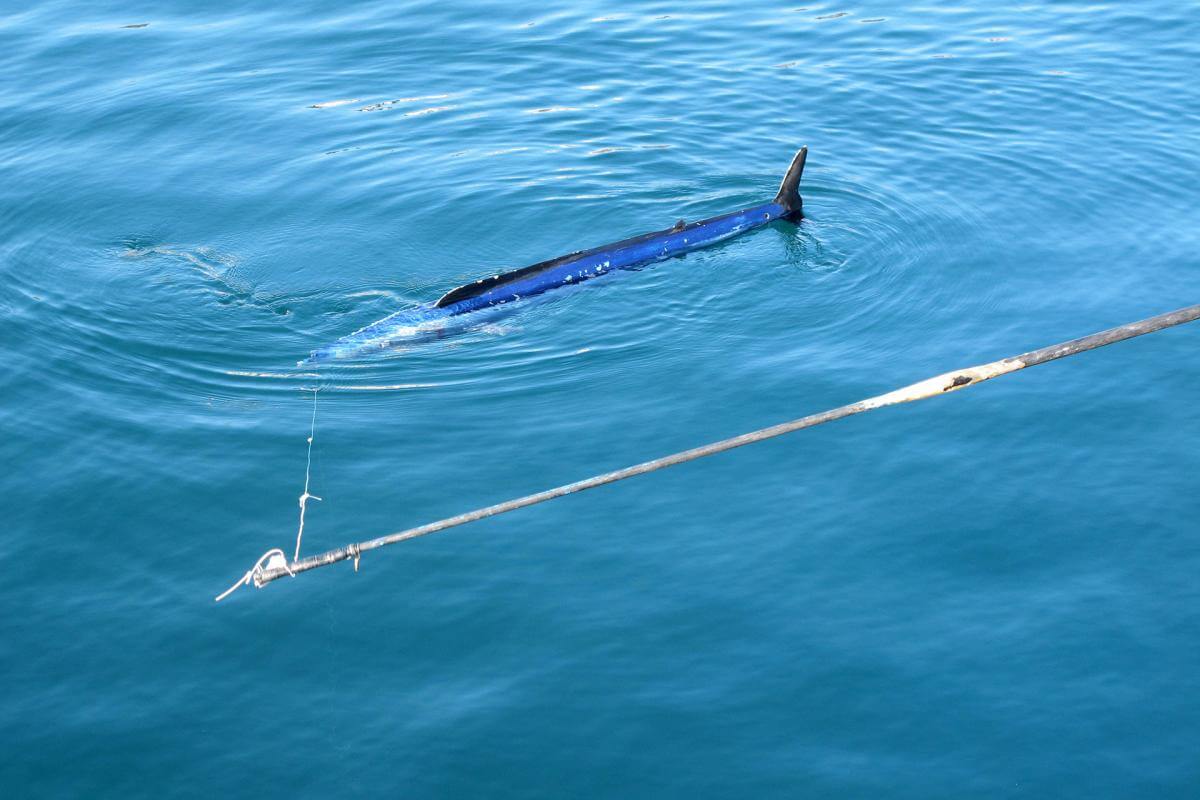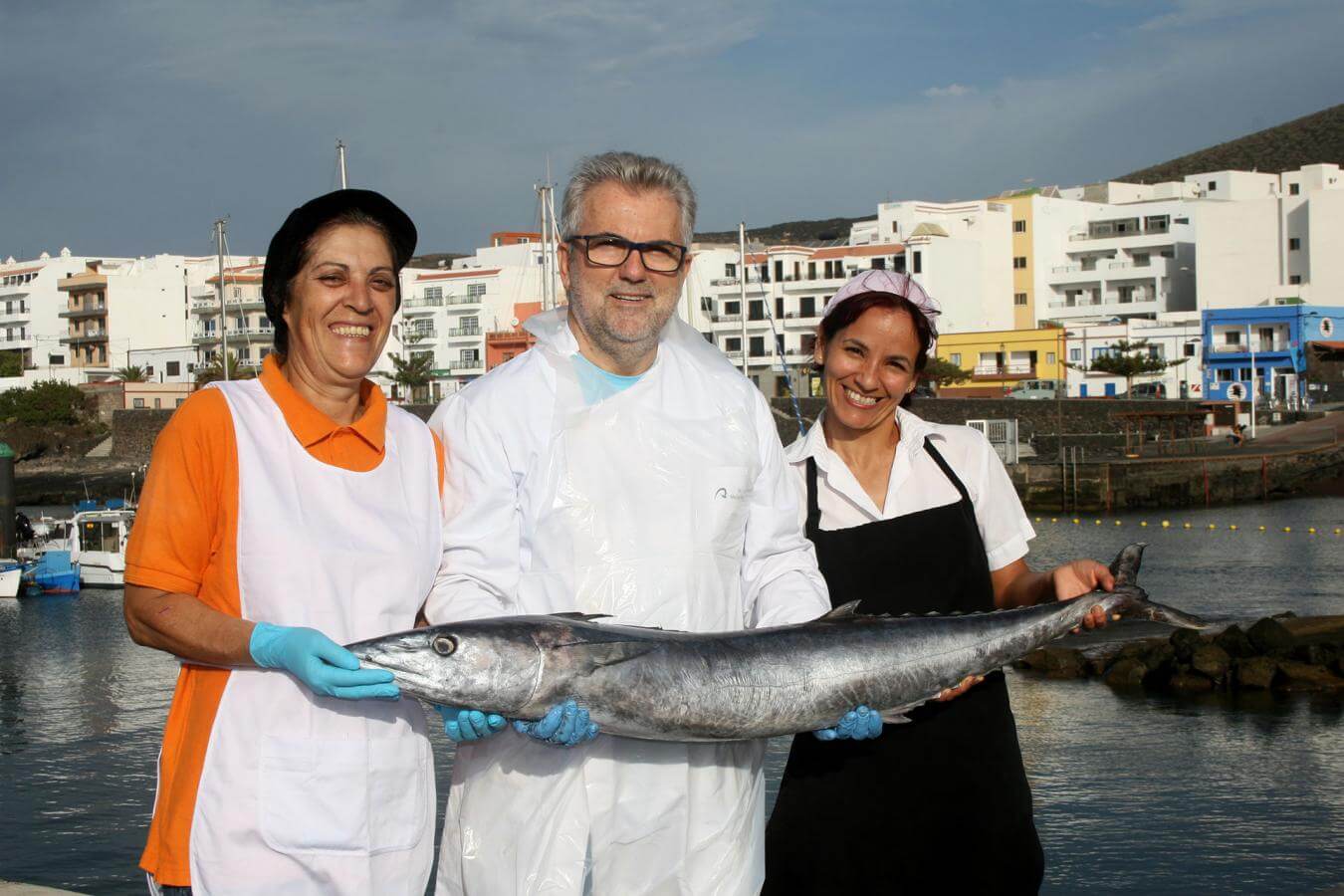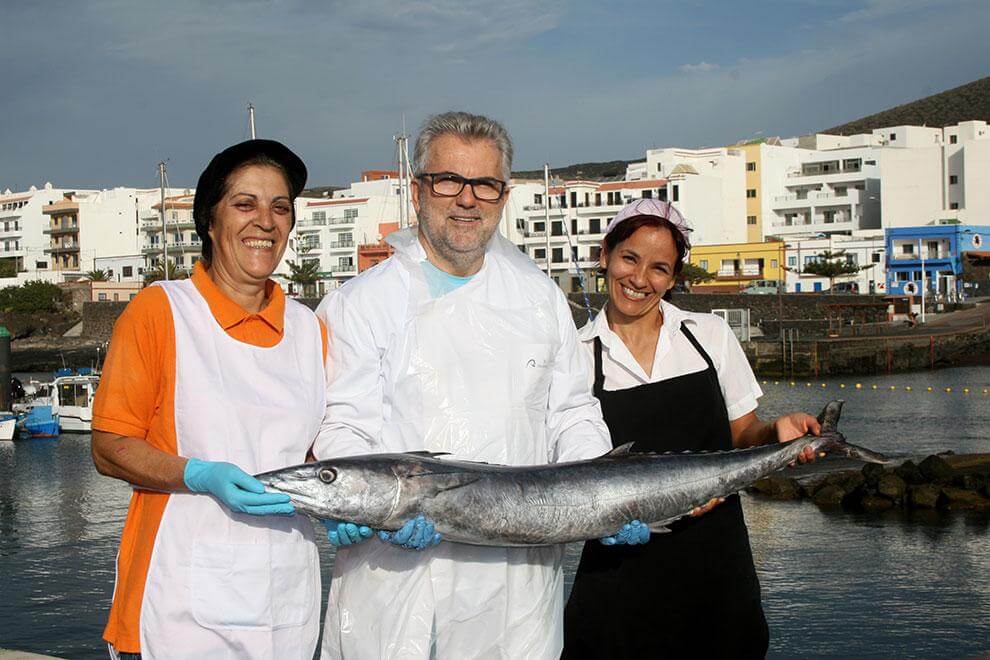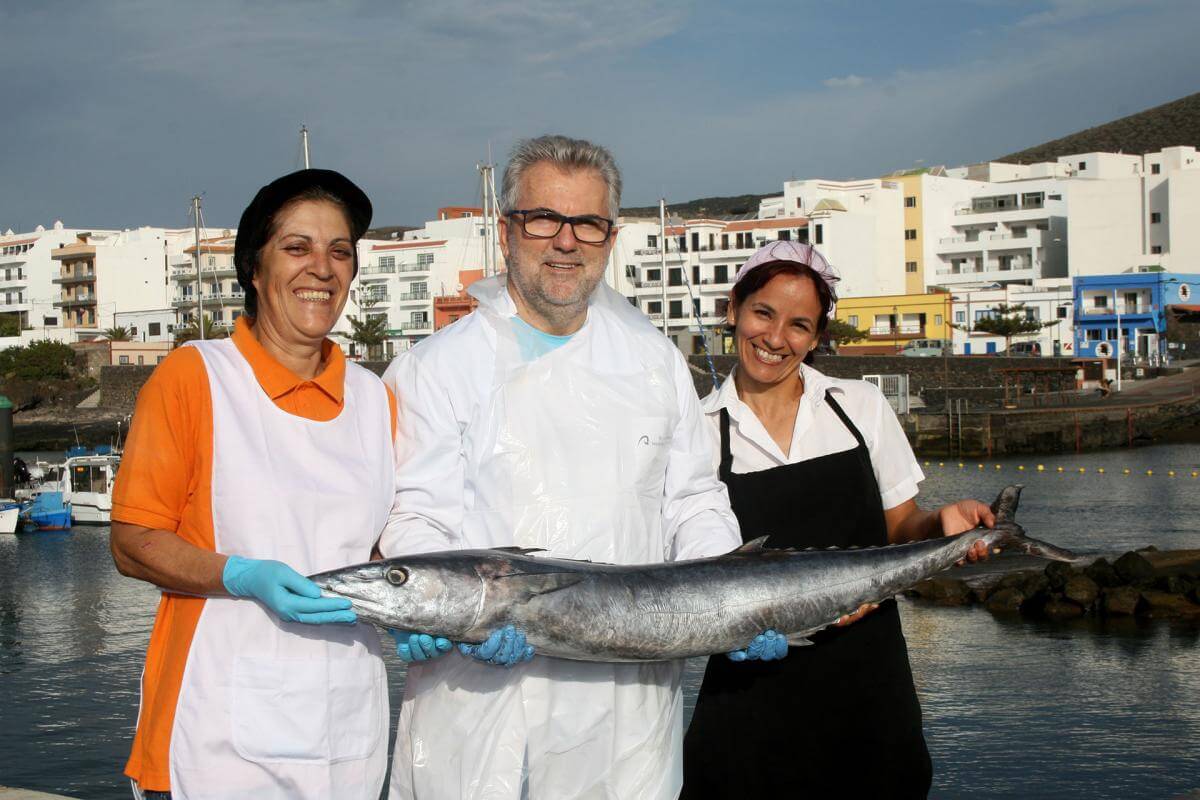Fishermen enjoy a wealth of fish very close to the coast
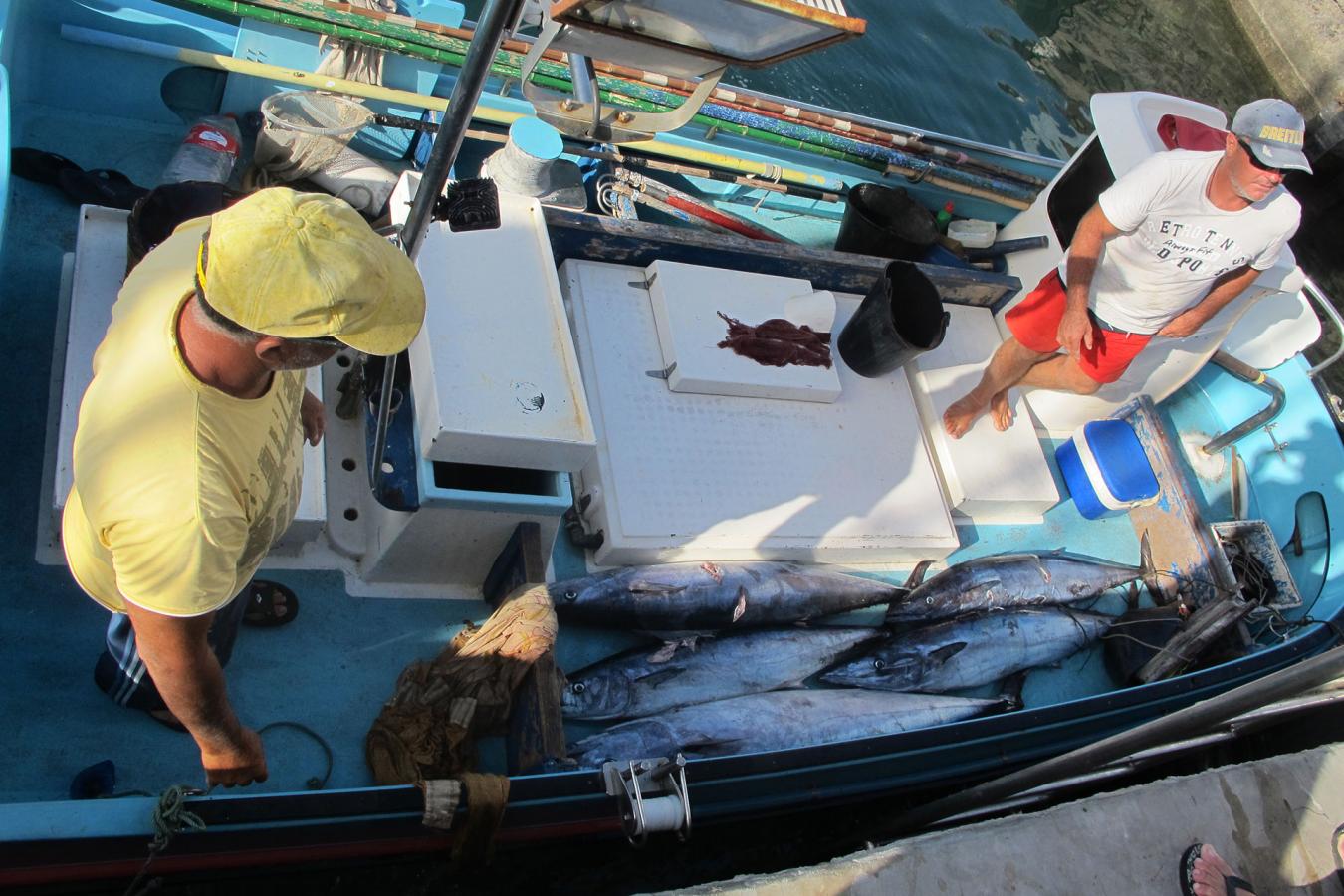
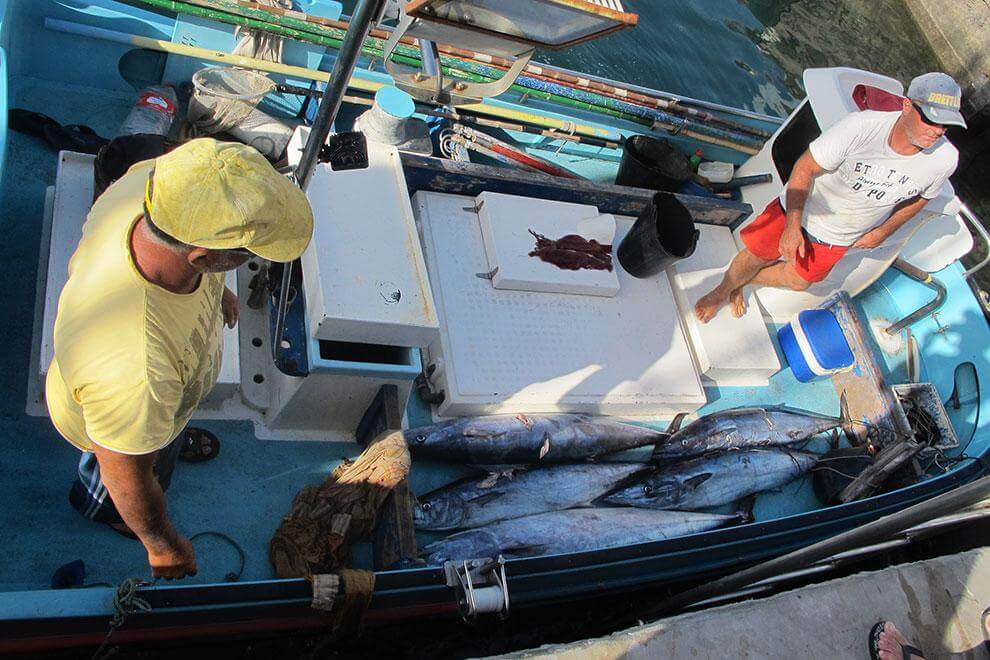
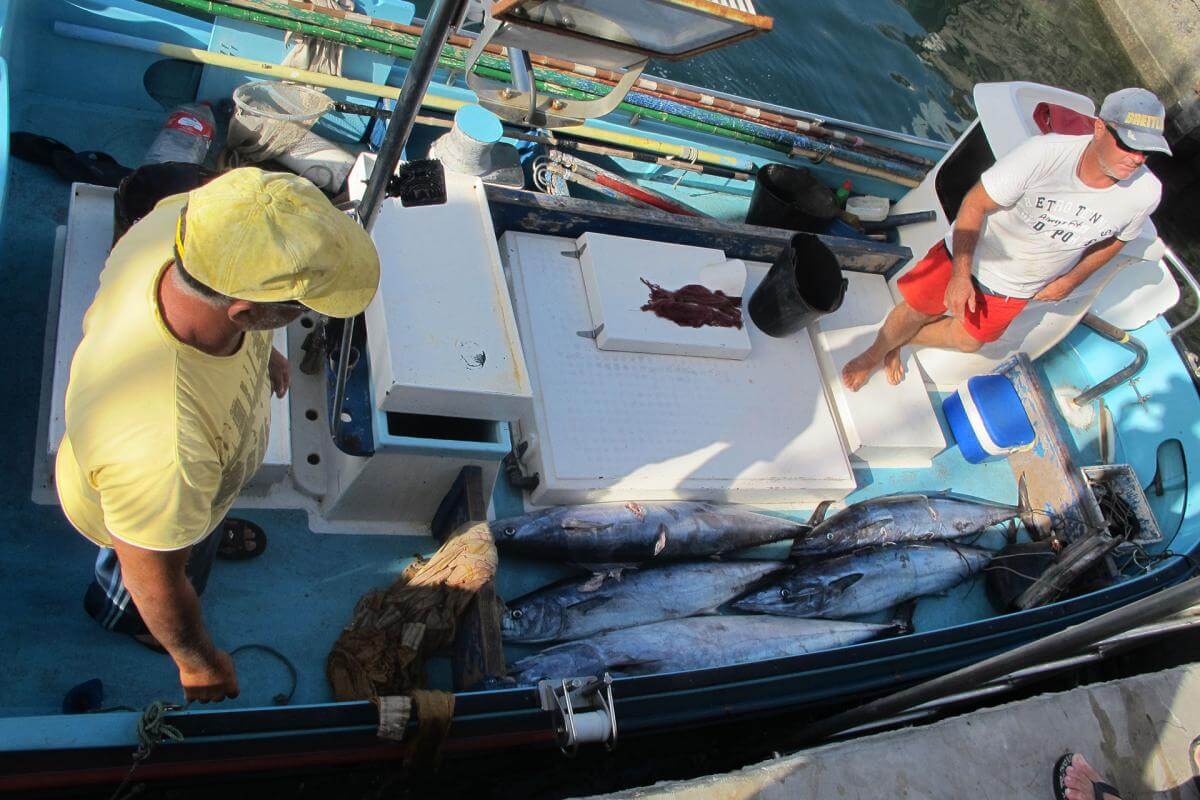
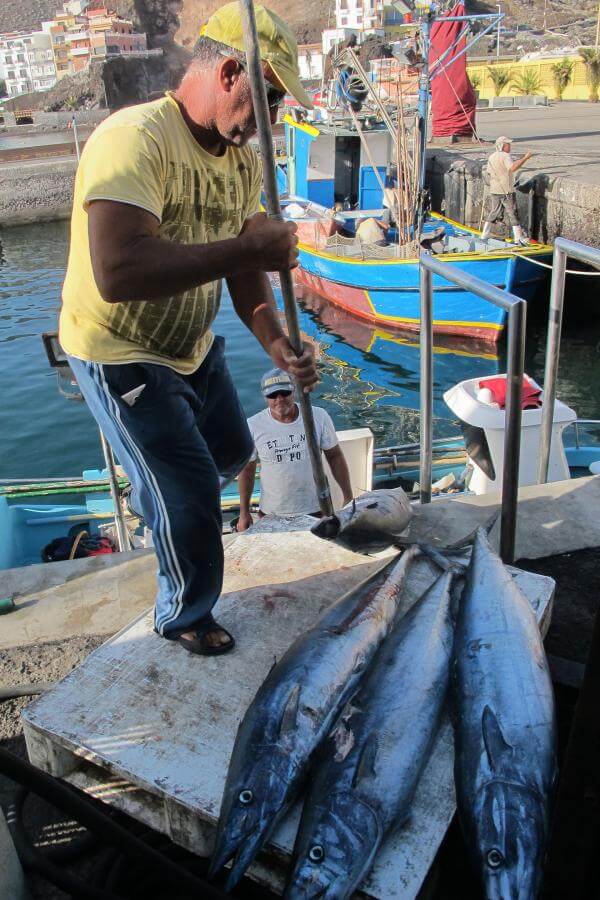
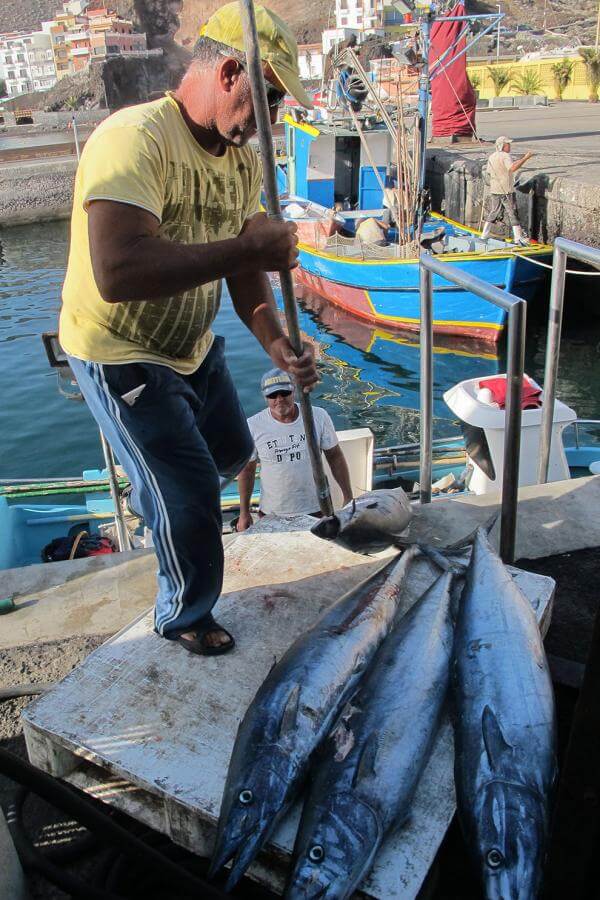
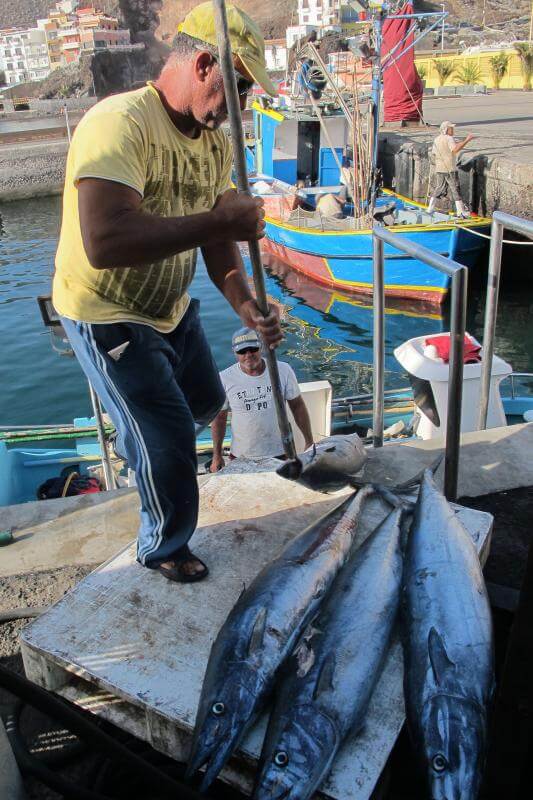
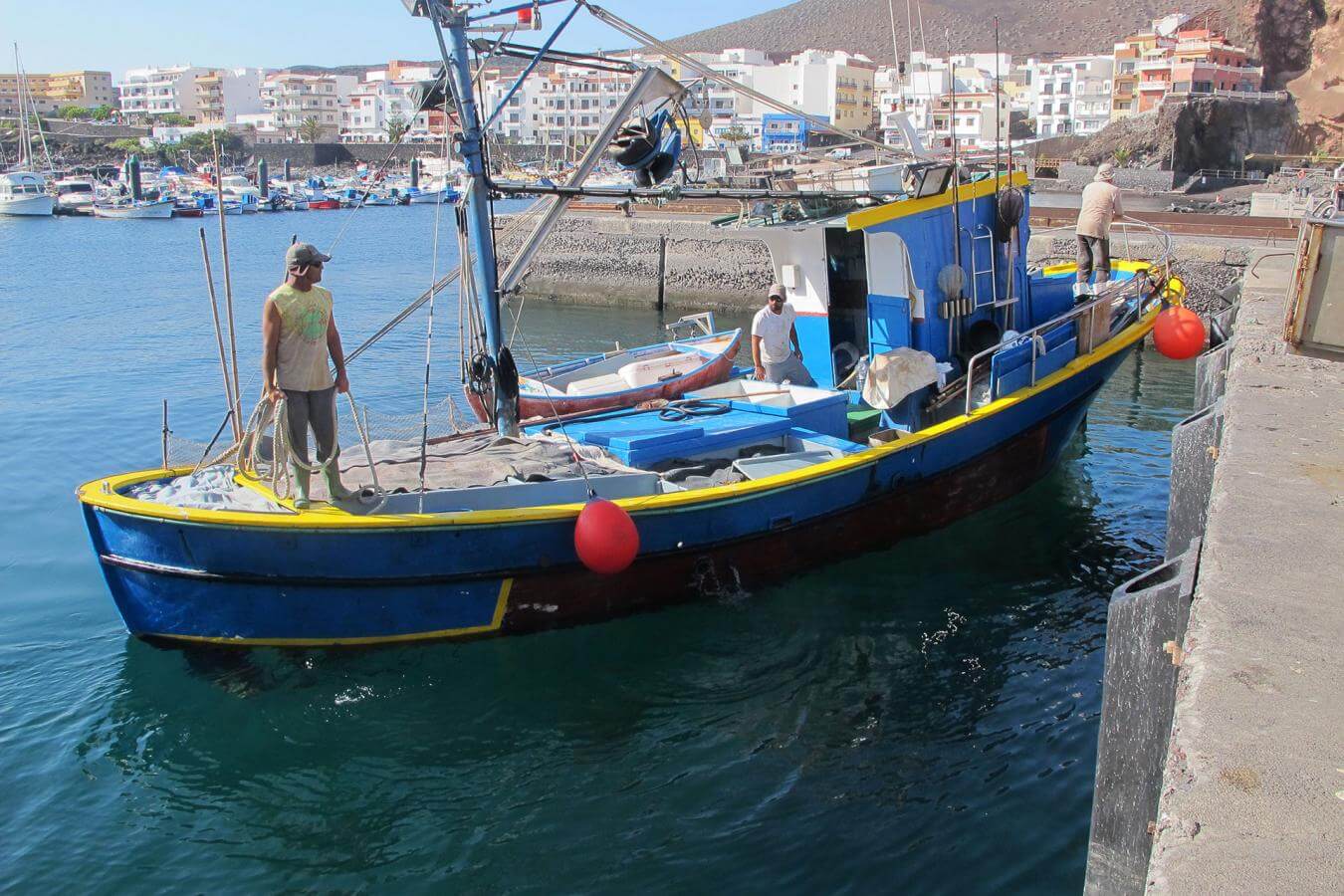
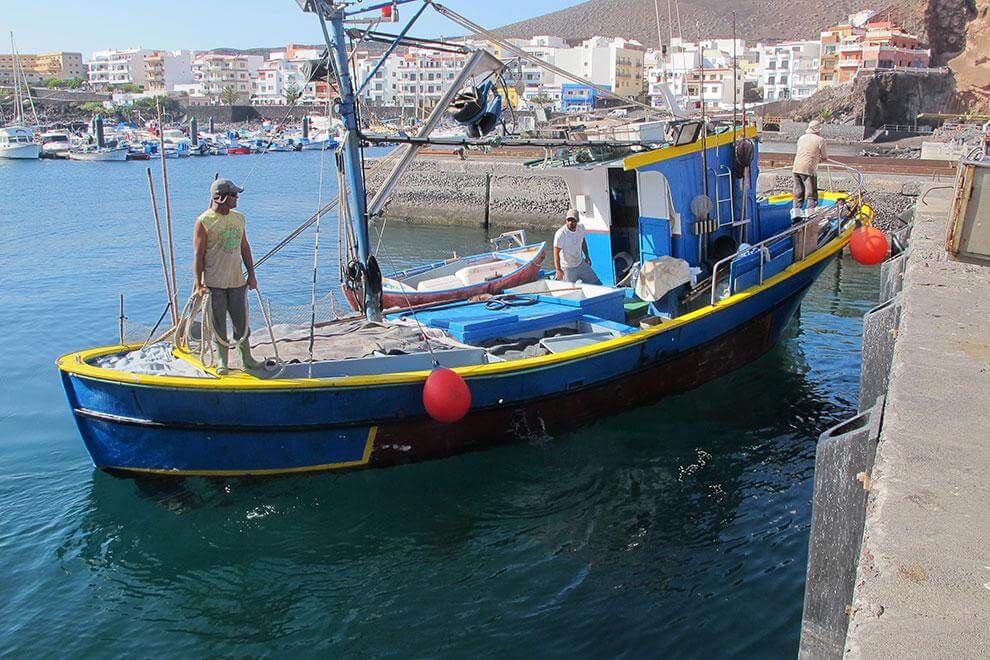
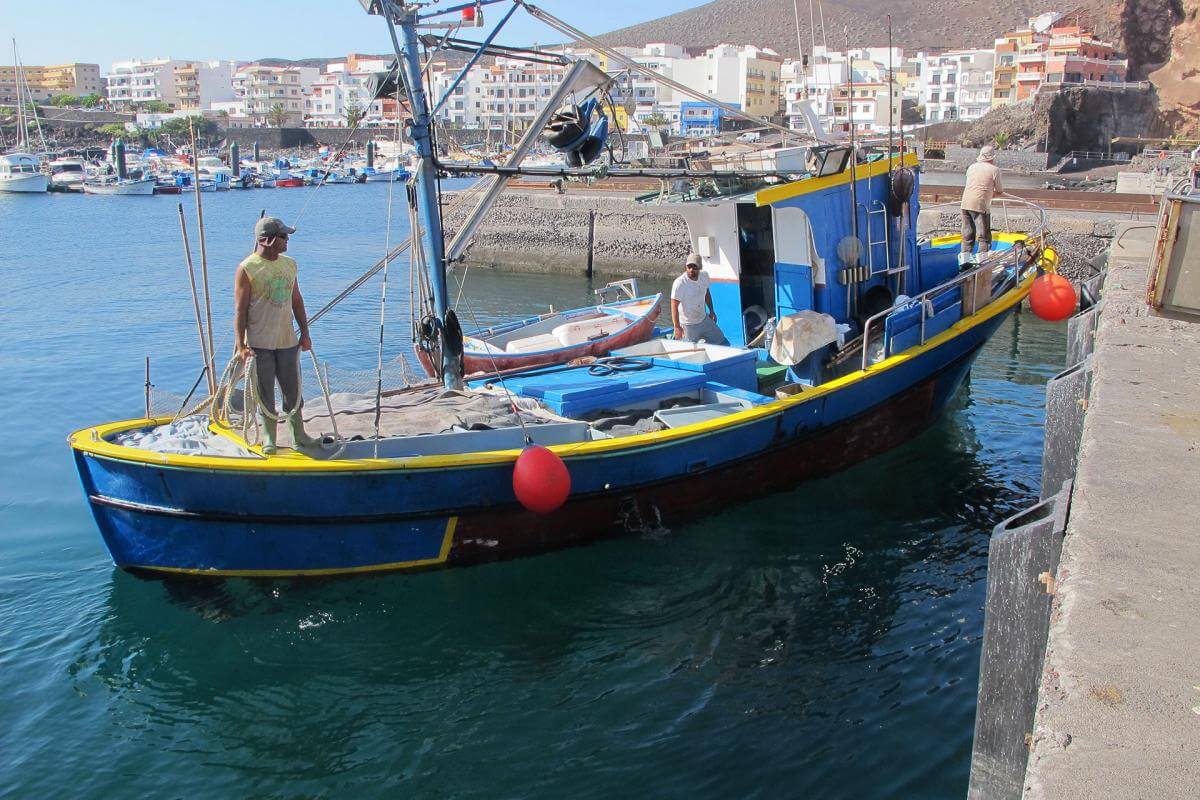
The small island of El Hierro has an unusual structure with no coastal platform which means that the coastal and deep sea areas around the island merge. Most of the fishermen on the island are concentrated in La Restringa where a great variety of fauna can be found only a short distance from land. Fisherman on the island are very aware of the need to look after the local environment and fish in a sustainable way. “All of us are traditional fishermen of rod, hook and live bait,” says David Pavón, president of the Restinga Fisherman’s cooperative which sells locally caught fish. Pavón is also vice patron of the fisherman’s guild. Restinga has a diverse selection of fish to offer local restaurateurs and consumers. There are fishes such as la vieja and el peto. “La vieja is a very traditional fish in the Canary Islands but el peto is more commonly found in El Hierro. El peto is rarely found in the rest of the Canary Islands,” says Pavón. “La vieja and el Peto are going through a commercial boom. Before la vieja was mostly fried or stewed…Now the fish is cooked in many different ways. For example, the chef Marcos Tavío, who prepares food for the Aborigen restaurant (in the Mencey hotel in Tenerife), uses a cryomaceration technique with curlers on the loins of the la vieja fish…It is a new, innovative cuisine,” says Pavón. “[El peto] used to be roasted; or you took the head to make rice soup with fish. Then there was a recipe for peto in boiled mojo [a local sauce which contains garlic and olive oil, amongst other ingredients],” Pavón continues. “Today el peto is prepared in many different ways. There are some restaurants which even prepare it raw.”
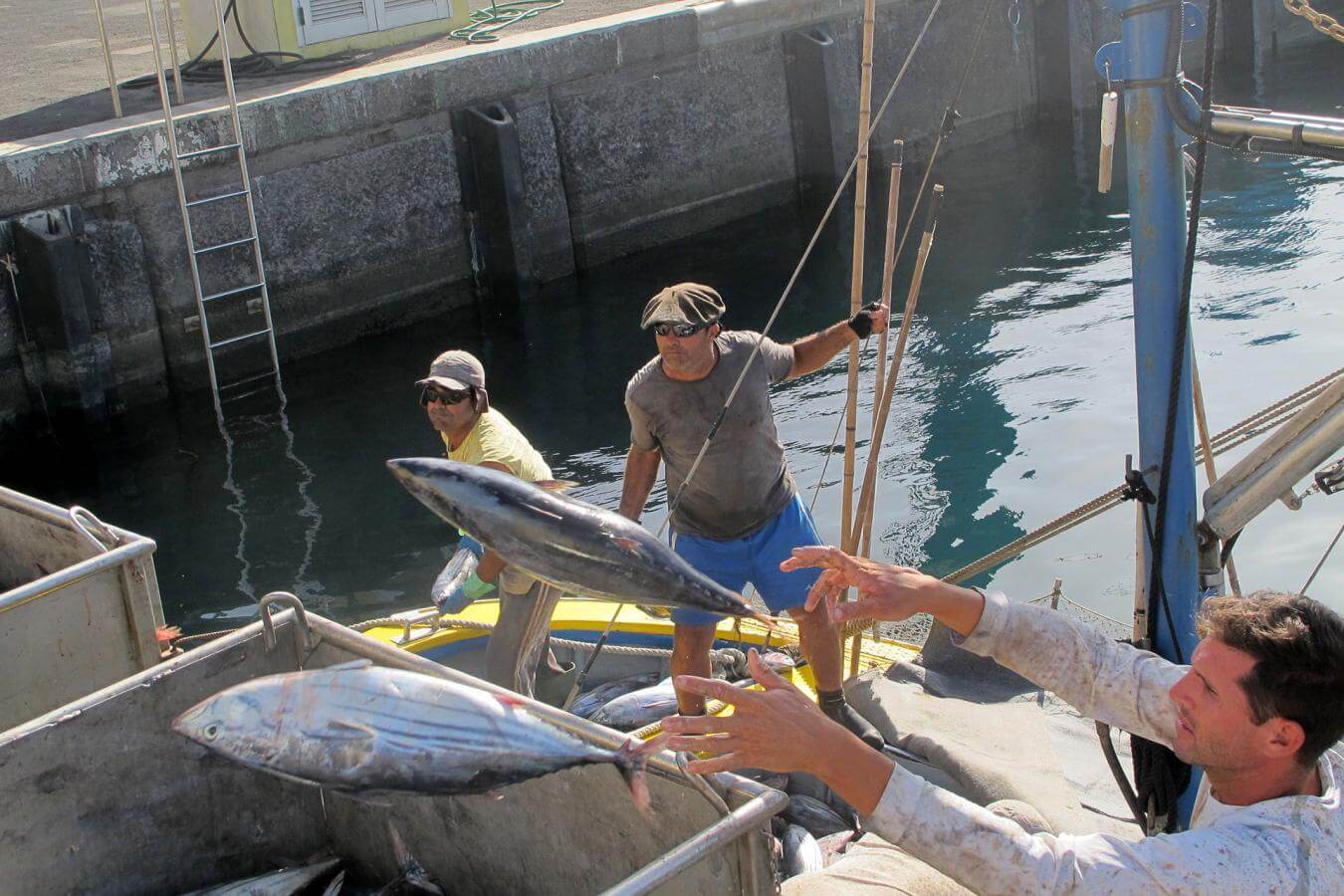
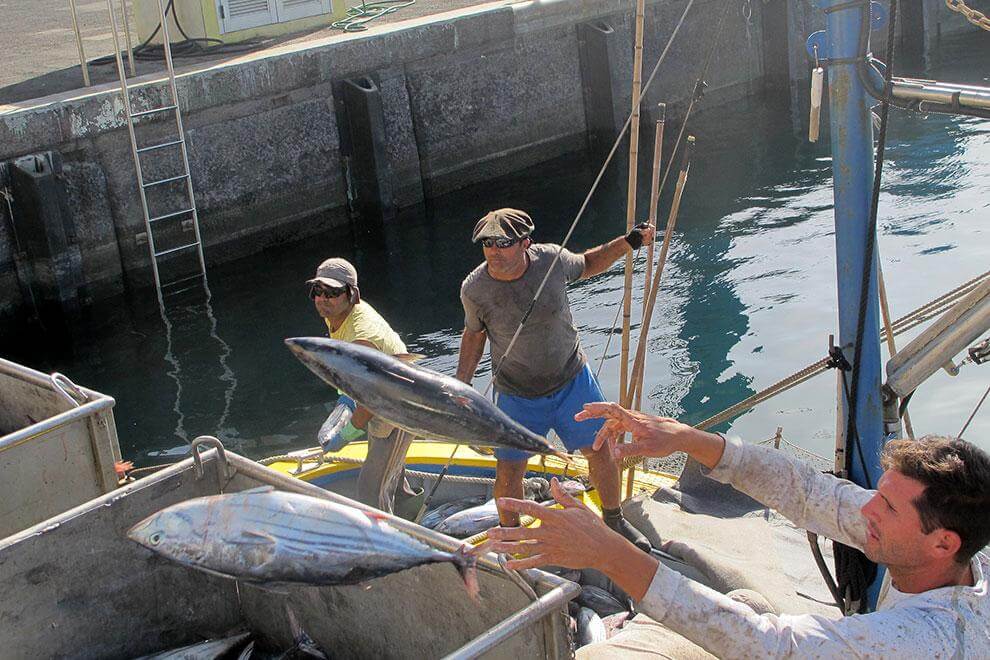
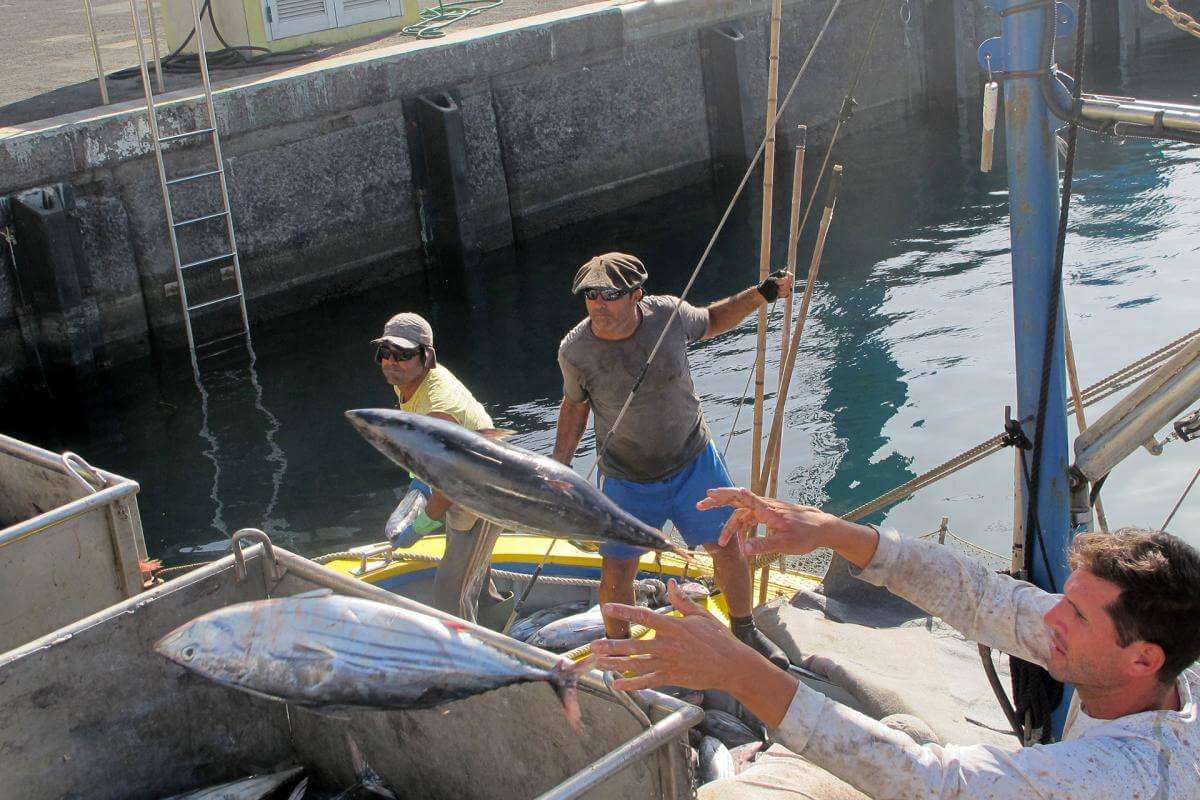
The fishing community of La Restinga has interested scientists and work is ongoing between experts in the field and local fisherman to create a sustainable future for fisheries. The marine biologist José Antonio González has carried out a number of investigations in the region. Because there is no underwater platform and, because it is the westernmost island on the Canary archipelago, with less cold waters than the rest, El Hierro has special varieties of fauna and specific fish," says González.
In recent times, a team of scientists from the Las Palmas de Gran Canaria University have been working with the fisherman’s association of La Restinga in their investigation of three local species. “[The gallo cochino] is a species of fish which enjoys a culinary prestige throughout the Canary Islands…There are two other emblematic species on the island: the gallo oceánico… which is a benthopelagic species abundant in the area…There is also el peto which is a cousin of the tuna fish. El peto is an unknown ingredient of the Canary Islands,” says González.
The wahoo is a circumtropical species that is found in all the seas of the globe, however, González says "there is very little information on the fish in the eastern Atlantic" (where the Canary Islands are located). Together with other colleagues González has taken samples of the local fish, including taking note of the height and weight of the species. González also collects samples of the reproductive organs, digestive contents, and body structures such as the otoliths and spines.
“This allows us to determine the necessary scientific-technical parameters which can be proposed to the regional and national authorities for regulatory standards for the sustainable development of local resources, not only in El Hierro, but throughout the Canary Islands,” says González. González says that el peto fish in the local area are caught in a very traditional way. “[The fishing is] sustainable and very beautiful,” he says. Fisherman use a wooden implement that is towed along to capture the fish with long rods with hooks at the end. According to González, the technique improves the taste of the fish in the kitchen when compared to trolling fishing.
The most abundant fish in terms of catch volume is el bonito. “[El bonito] is one of the most fished species of fish worldwide. It is also one of the most fished in the Canary Islands and in El Hierro,” says David Pavón. “In recent years we have only been fishing with two boats here, and we have exceeded 100 tons per year. This year we have about 170 tons”, Pavón adds.
Most of the el bonito fish is exported to the rest of the Canary Islands. Lots of the fish is also consumed by the local population. Besides el bonito there is a great variety of tuna fish which pass through El Hierro. These include the rabil, the yellowfin tuna, the bonito del norte – which is known in the Canary Islands as barrilote – and el atún rojo (which is also known as the patudo).
